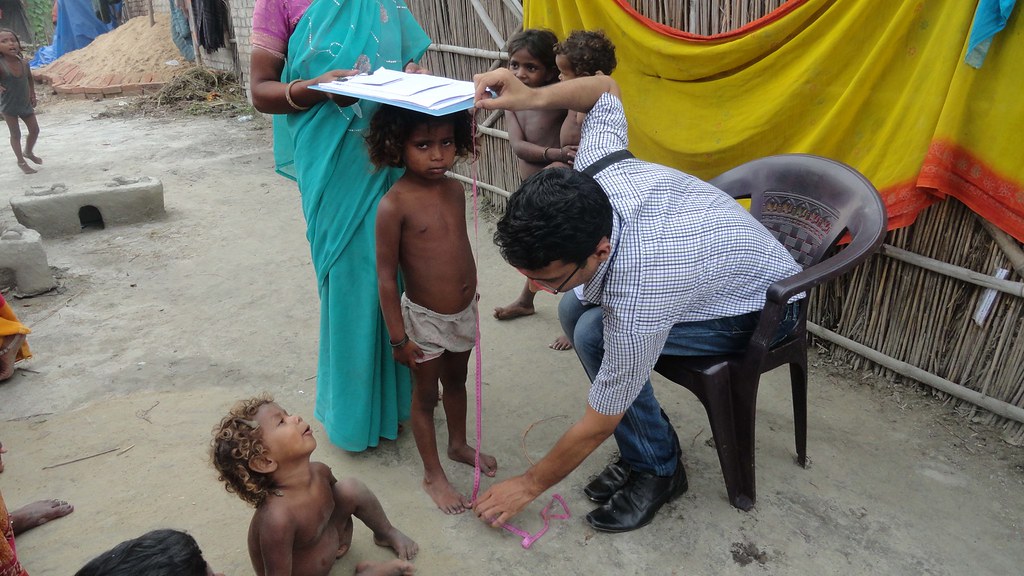The lockdown in India has been extended till May 3 and to address the question surrounding the academic and curricular loss being caused to school going children, the government has come up with a new plan.
The Ministry of Human Resource Development has asked all educational institutions to maintain the academic calendar and ensure that academics don’t suffer.
The MHA suggests that this should be done through online teaching in the second phase of the lockdown.
The order has come just after the Ministry of Home Affairs issued a series of fresh guidelines about what kind of services could be resumed despite the lockdown and services that would continue to be suspended.
The MHA has ordered that all educational institutions will continue to remain shut until May 3, when it is likely that the ongoing lockdown will end. But the guidelines emphasise that although educational institutions may remain physically closed, they will need to keep up with their academic calendars just as usual through online teaching.
Schools and other educational institutions throughout the county have been shut since early March as part of the social distancing norm set up as a precautionary measure against the spread of the novel coronavirus. On Tuesday, PM Narendra Modi made an announcement about extending the nation-wide lockdown in place since March 25 by another 19 days, till 3 May.
The guidelines that have been issued by the MHA have tried to outline the implementation program in this extended period of the lockdown. While the guidelines clearly indicate that educational institutions are to remain closed, it also underlines the importance of online teaching during these times. As far as online options for learning are concerned, the ministry is making available lessons through a wide variety of means. Some of these means include digital platforms like Diksha and NCERT’s e-Pathshala. The ministry has made its educational channels available on DTH services such as Tata Sky and Dish TV.
Under these online teaching programs, subject experts from various disciplines give live lectures and students can raise questions through given contact details.
A recorded broadcast of about six hours gets followed by live classes for the same duration.
The ministry had issued a note earlier this month and said that each subject expert could carry on classes for on and a half hour each.
Schools have been given the freedom to deicide their own programs for online classes. Many schools across India have subscribed to the government’s programs while many others have devised their own.
But it is in this context that we must understand the challenges and problems associated with the prospect of e-learning. If we really need to adopt feasible and comfortable e-learning capacities especially at a time when the prospect of a concrete classroom interaction is rare , we cannot help but take these aspects into consideration.
The first challenges is regarding the availability of technologies and adequate infrastructure for the possibility of e-learning. The availability of a conducive technological base including a computer, fast internet connectivity and the guided help of individuals familiar with its usage and functions are the core.
Only when the minimum requirement is met, can we look further into the possibilities of linking learners to practitioners and experts through the internet.
Access to computers/laptops and fast internet connectivity’s still a challenge for most Indians.
Secondly, with e-learning become a new fashion, we often lay the emphasis on the ‘e’ but ignore the ‘learning’. E-learning is about learning and that should be the emphasis and not just the technology aspect of it. This will require many paradigm shifts in may quarters.
Support and financial issues on the one hand and pedagogical and methodological issues on the other The second one includes aspects such as the creation of an adequately exciting learning culture, pedagogical changes and the creation and adoption of engaging and exciting teaching styles and materials.
The important thing here is to acknowledge that most learners in India, especially in rural and semi-urban parts or from specifically disadvantaged groups many not have access to either the technology nor the pedagogy and materials associated with the prospect of e-learning. There is no doubt that with the difficulty of access to computers/laptops and internet connectivity e-learning is indeed a difficult proposition in India.
The issues and challenges for teachers and the Indian education system at large is around filling the ever widening gaps in educational access and adapting a long term approach to feasible change. The point of emphasis here is again that e-learning is ultimately an aid to the teaching-learning process and not the essence of it.
So instead of obsessing ourselves with this fancy fad, let’s face the actual challenges of education in India: lack of access to quality education and the lack of infrastructural motivation to make it a reality for millions of India’s children.














